[ad_1]
Noting the way American Motors and then Chrysler printed money by putting former sedan and wagon drivers into new XJ Cherokees during the second half of the 1980s, Ford got busy designing a suburbia-friendly SUV based on off-the-shelf Ranger powertrain and suspension components. This was the Explorer, which debuted for the 1991 model year and sparked the commuter-truck craze that boomed during the 1990s and continues to this day. We all know about the prominence of the ’91 Explorer in the annals of American automotive history, but do we remember that Mazda sold a badge-engineered version for a few years? Here’s one of those rare trucks, found in a Denver self-service yard recently.
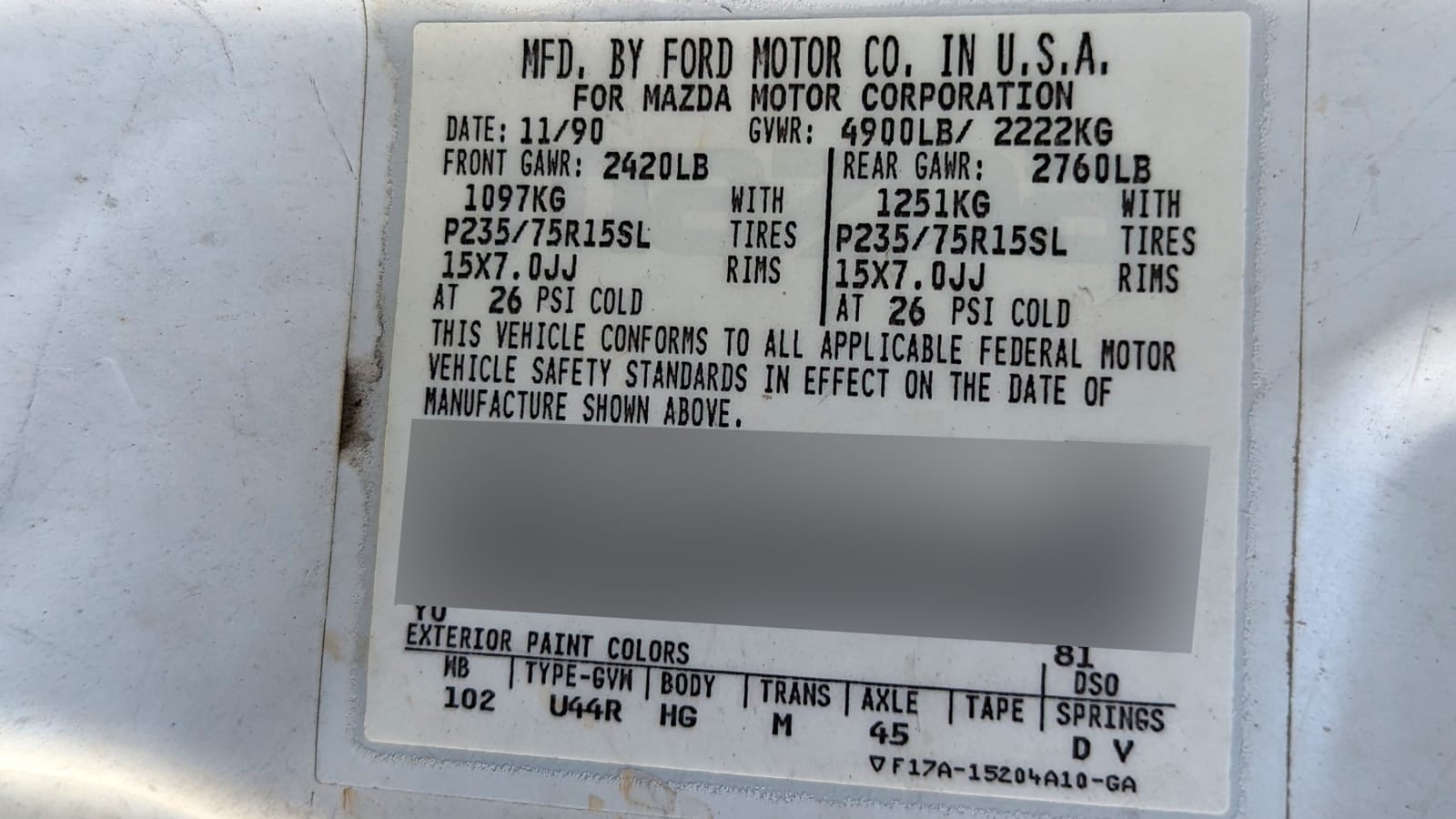
Ford had a close relationship with Mazda when this truck was being designed, and had in fact sold Ford Courier-badged Mazda pickups here from 1972 through 1982. Starting in the 1986 model year, North American Ford Dealers offered the Mazda-designed/Kia-built Festiva, which became the Aspire during its second generation. Even the sacred Mustang nearly became a sibling to the Mazda MX-6 (this car ended up with Probe badges). 1991 may have been the year of Peak Mazda in Dearborn, with the brand-new Escort moving onto the 323/Protegé platform and Mercury dealers debuting a Capri built in Australia on Mazda hardware.
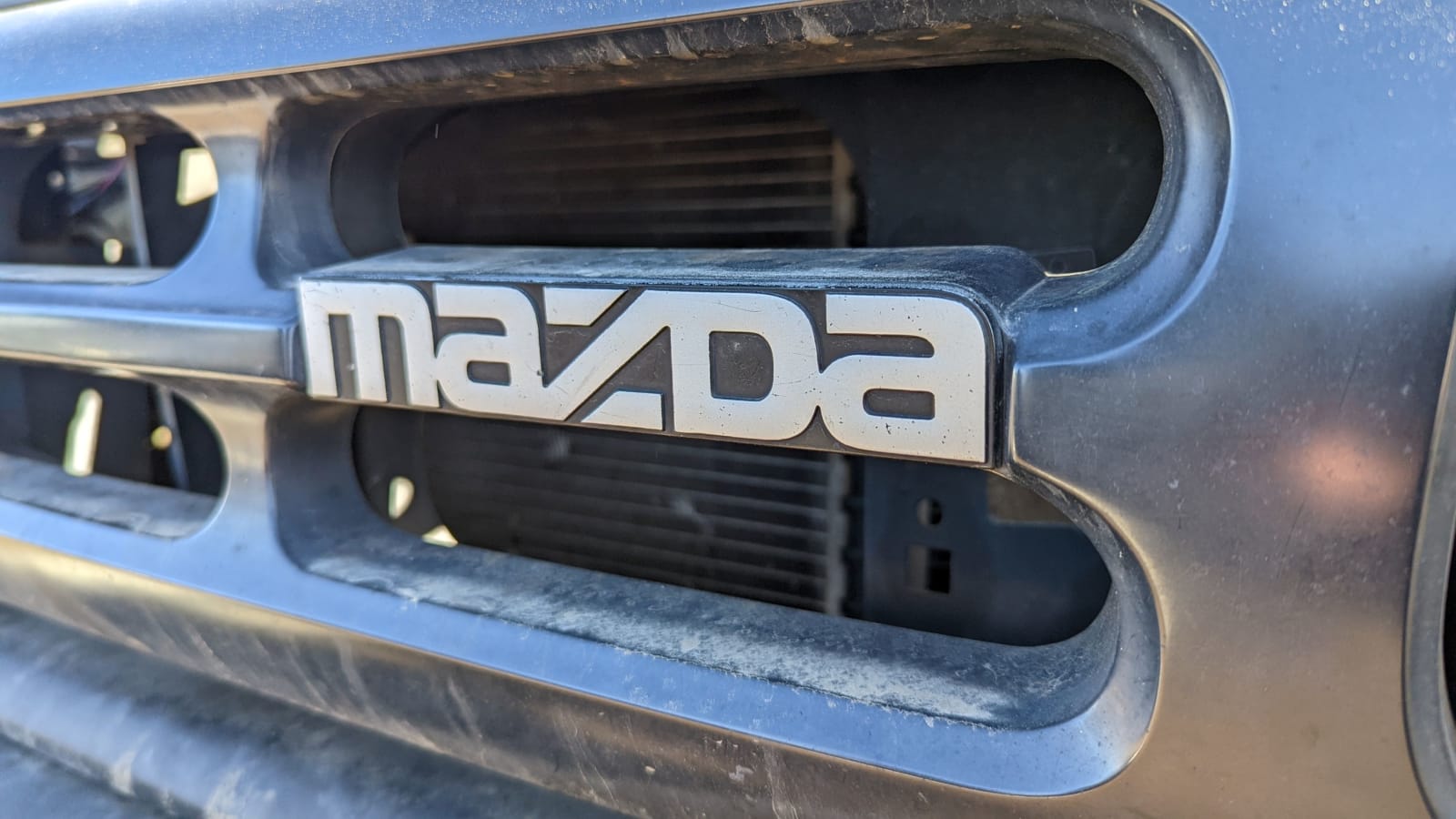
With all that Mazda hardware going into Fords, it was time for a Ford to get Mazda badges (Japanese car shoppers were able to buy 13B rotary-powered big GM sedans with Mazda Roadpacer badges for a few years in the 1970s). Mazda had just poured many yen into developing the MPV minivan for the North American market and didn’t have enough left over to design a new truck to compete with the Cherokee (not to mention the Chicken Tax, which was applied to imported SUVs beginning in 1989), which meant that such a truck could be sold here more cheaply if built on our shores.
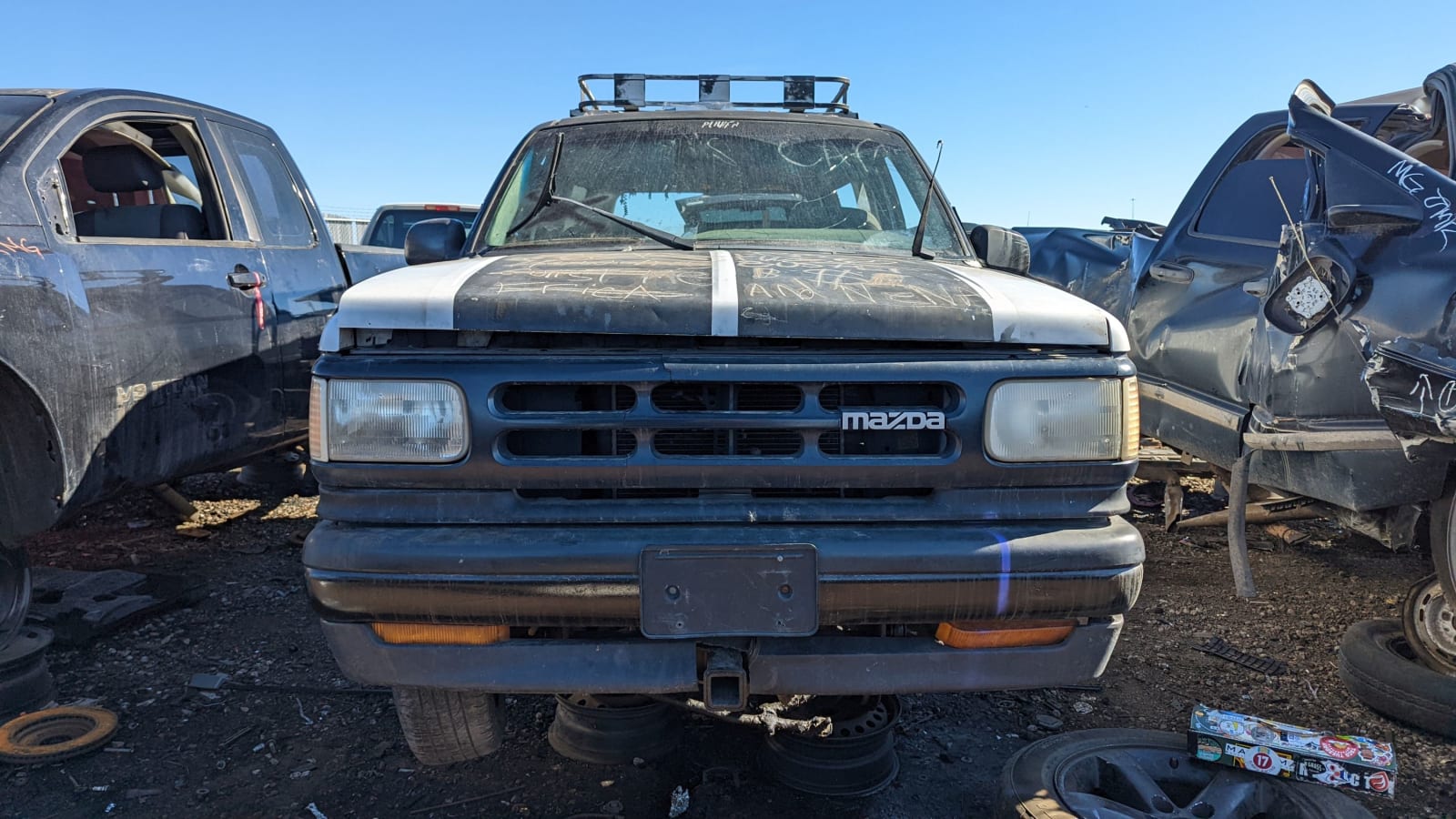
So, Mazda made a deal to put its badges on Kentucky-built Explorers with different grille, taillights and wheels over here. Presumably to make the comparison with the Jeep Cherokee more explicit, the name of a Native American nation was appropriated for this truck.
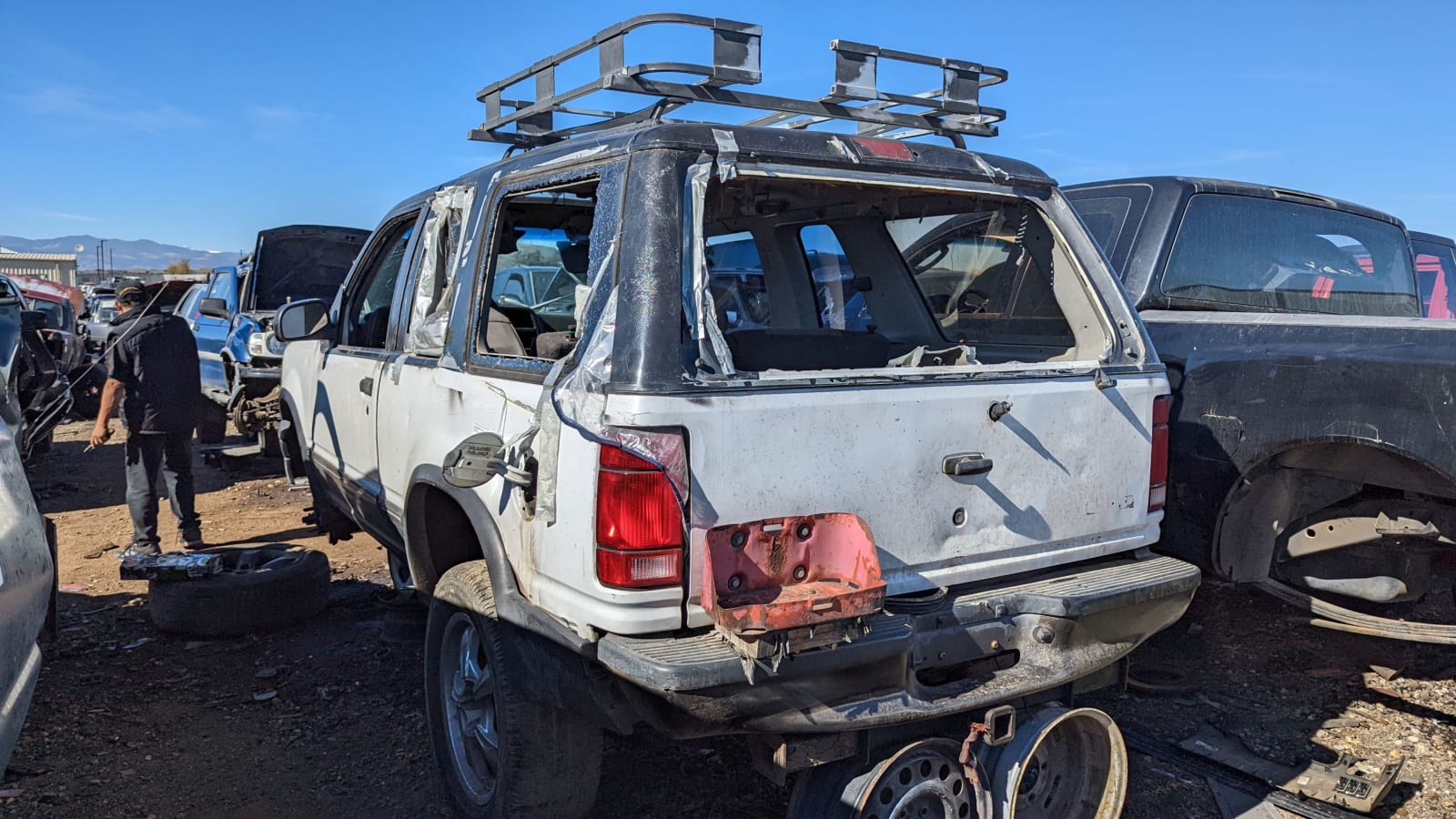
Unfortunately for Mazda, Ford wouldn’t allow the five-door Explorer to be sold as a Navajo. Since the main reason Americans were going nuts over SUVs at the time was a desire to replace their Squaresville sedans, minivans and wagons with tough-looking trucks that could still haul the family to the mall in comfort, having just two doors up front meant that Navajo sales never amounted to much. After a paltry 40,000 or so sales, Mazda gave up on the Navajo after 1994, ceding the North American SUV market to its competitors until the introduction of the 2000 Mazda Tribute (a rebadged Ford Escape).
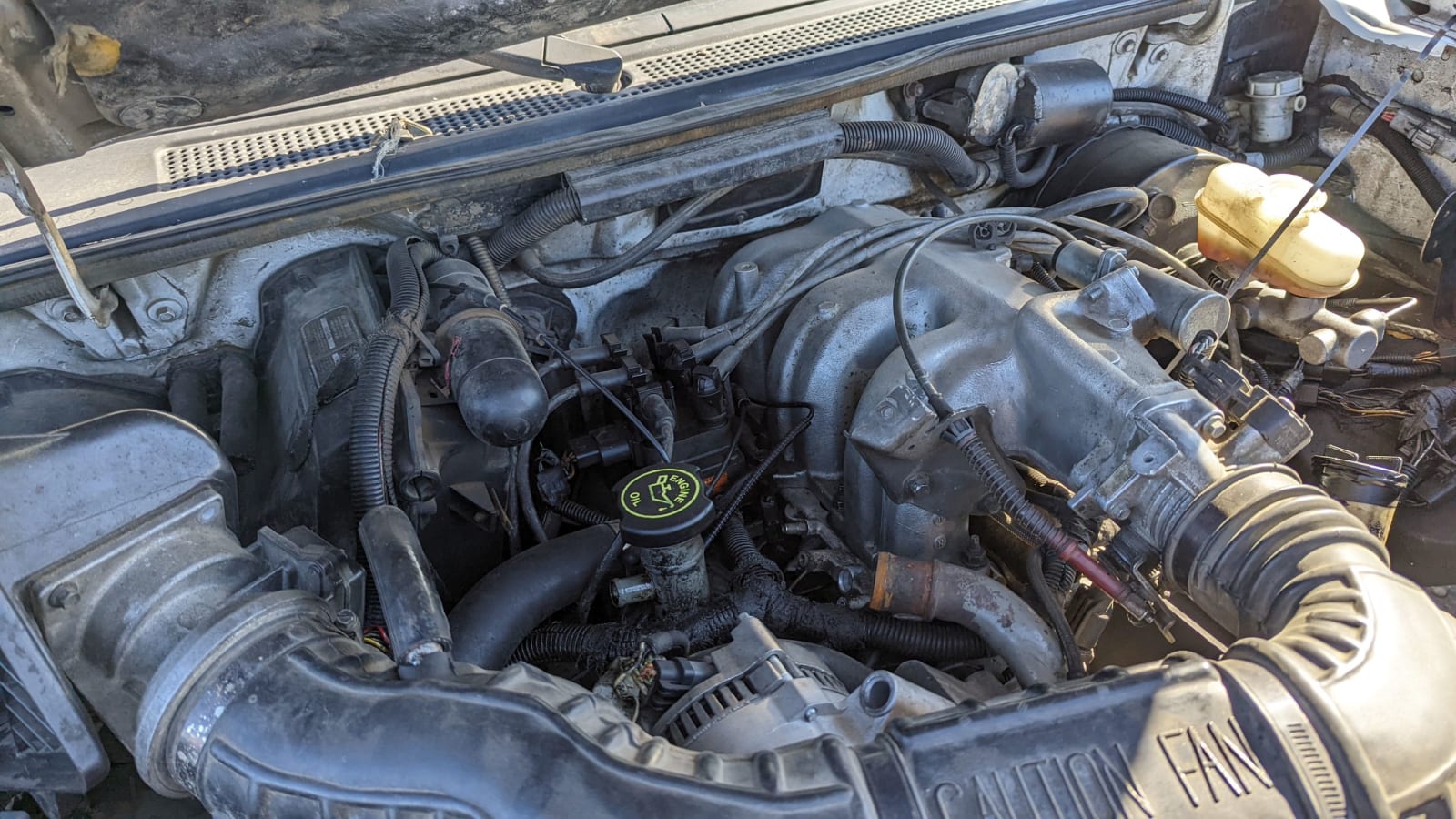
Every Explorer and Navajo built through 1995 came with a German-built pushrod Cologne V6 under the hood, giving this truck something in common with the Ford Capri of the 1970s. This one displaced 4.0 liters and was rated at 155 horsepower.
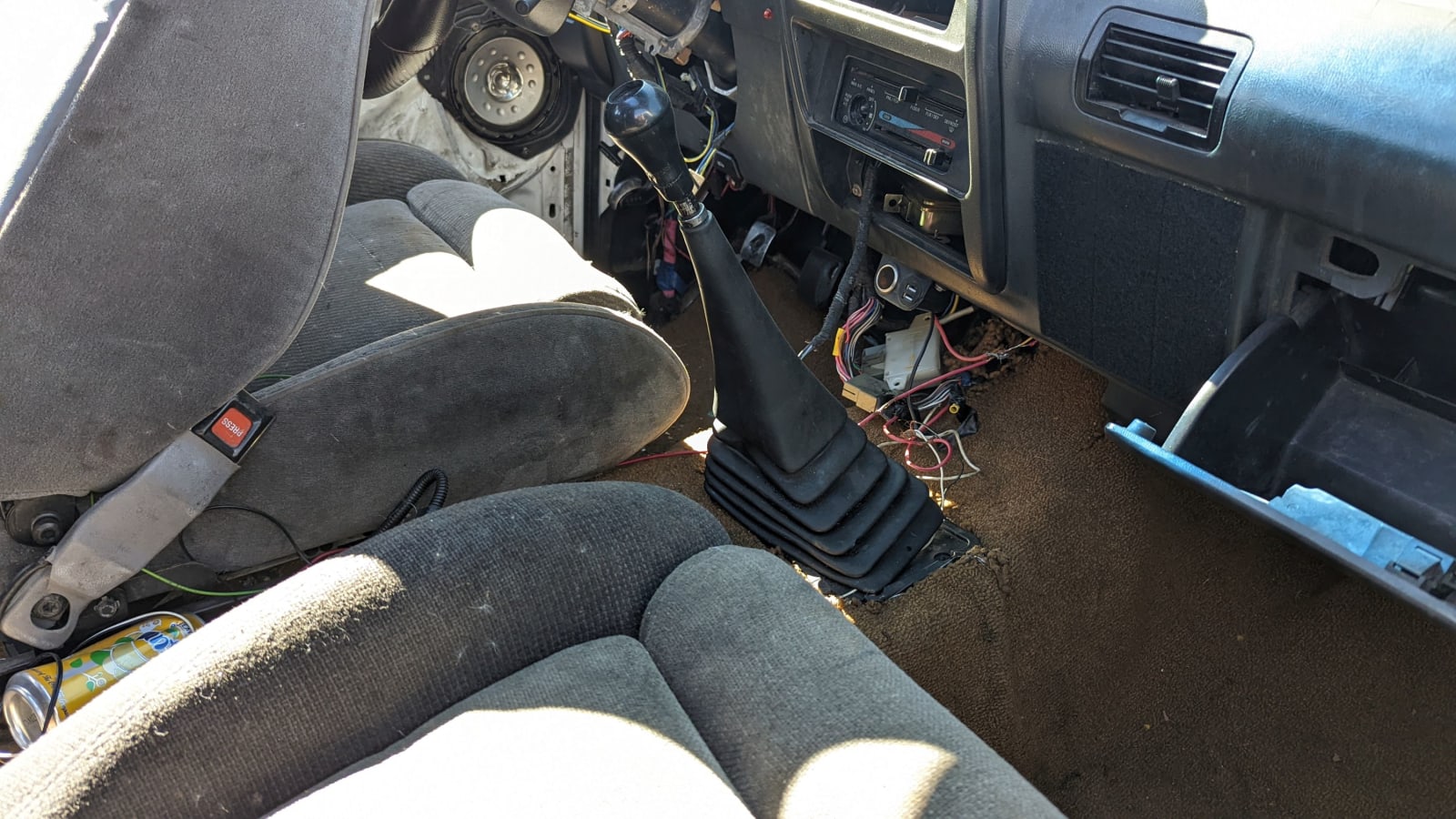
Believe it or not, some buyers of early Explorers and Navajos chose not to “upgrade” to an automatic transmission. The original purchaser of this truck (who may have been in Canada, since the build tag shows the code for the Canadian sales office) took the base five-on-the-floor manual, made by Mazda.
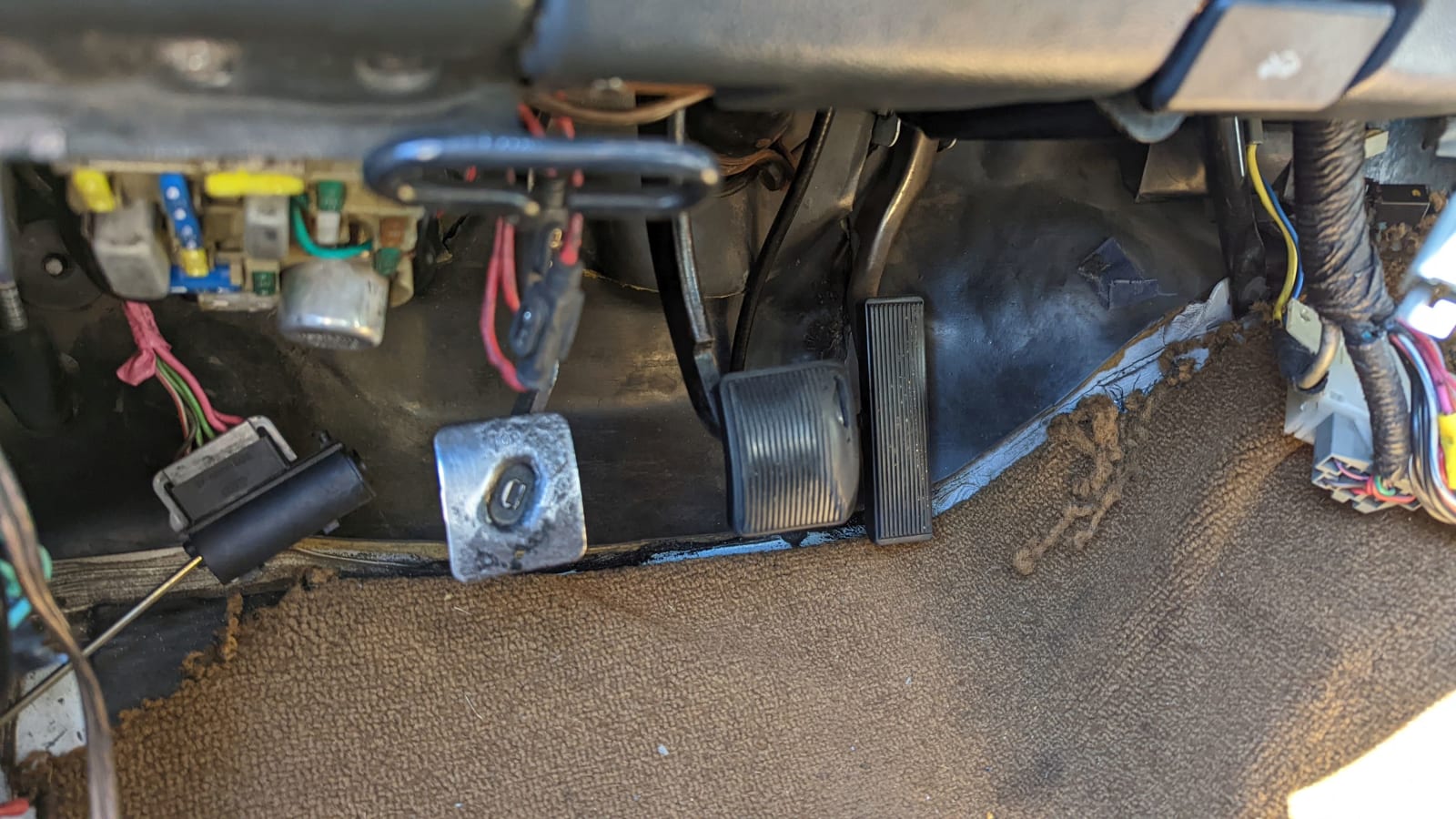
It took Ford until the 21st century to give up on building Explorers with manual transmissions.
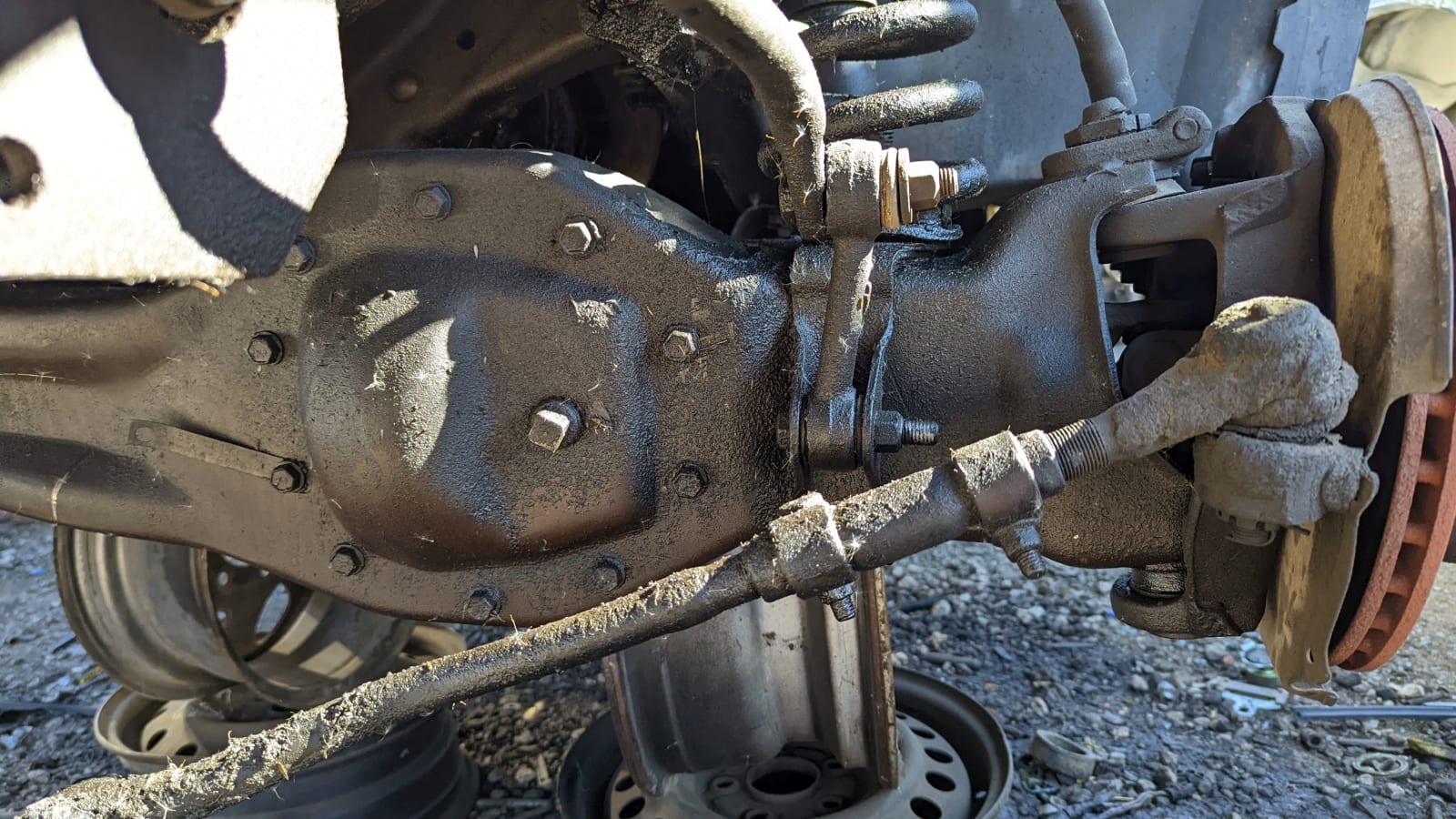
In 1991, the Navajo was available only with four-wheel-drive; a rear-wheel-drive version could be had for the 1992 through 1994 model years.
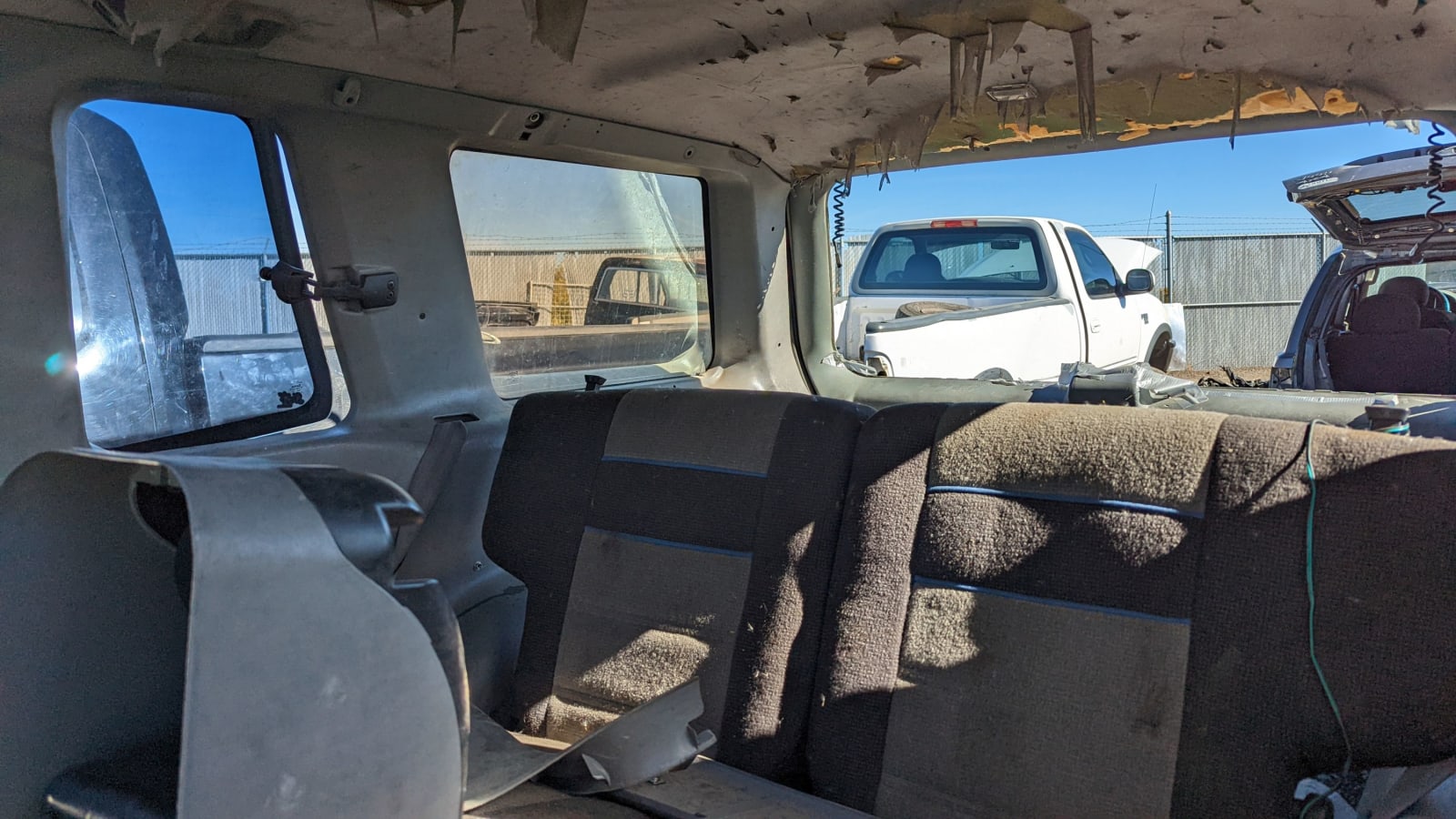
The Explorer was a truck at heart, with the Ranger’s body-on-frame chassis design. This meant that it was thirstier and rougher-riding than the unibody XJ Cherokee. Had Iraq’s August 1990 invasion of Kuwait done for fuel prices what the 1979 Iranian Revolution and 1973 Yom Kippur War had done, the SUV boom may never have happened and the Explorer would have become a footnote in automotive history; as it was, gasoline stayed fairly cheap and shoppers for commuter trucks didn’t care about a single-digit fuel economy penalty. I know I felt like an idiot for getting a 350 instead of a 454 for my 1965 Impala in the fall of 1990, but a childhood of gas lines tends to make you cautious.
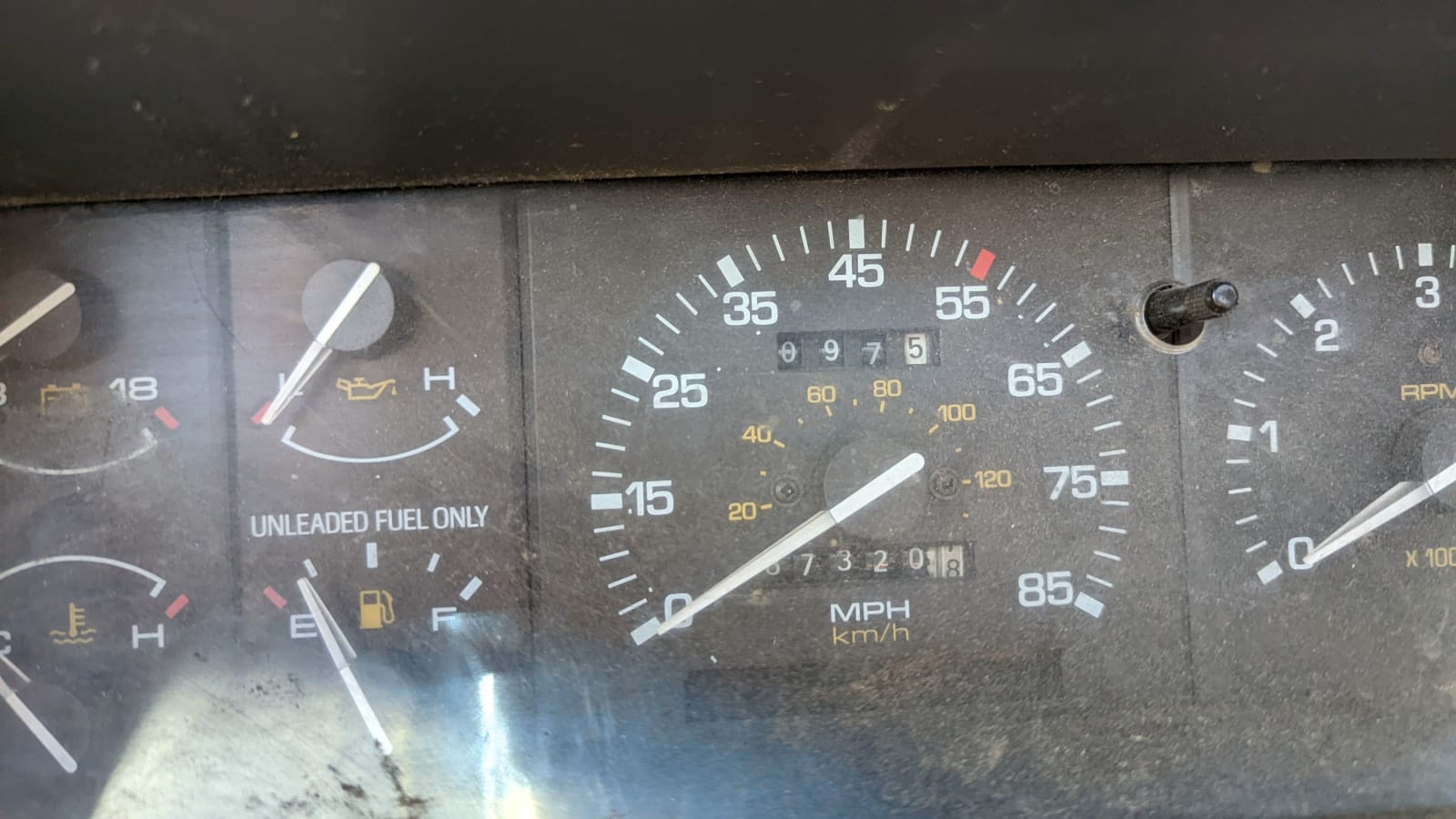
How many miles were on this one when it retired? We’ll never know, because Ford still hadn’t gone to five-digit odometers across its model range by 1991.
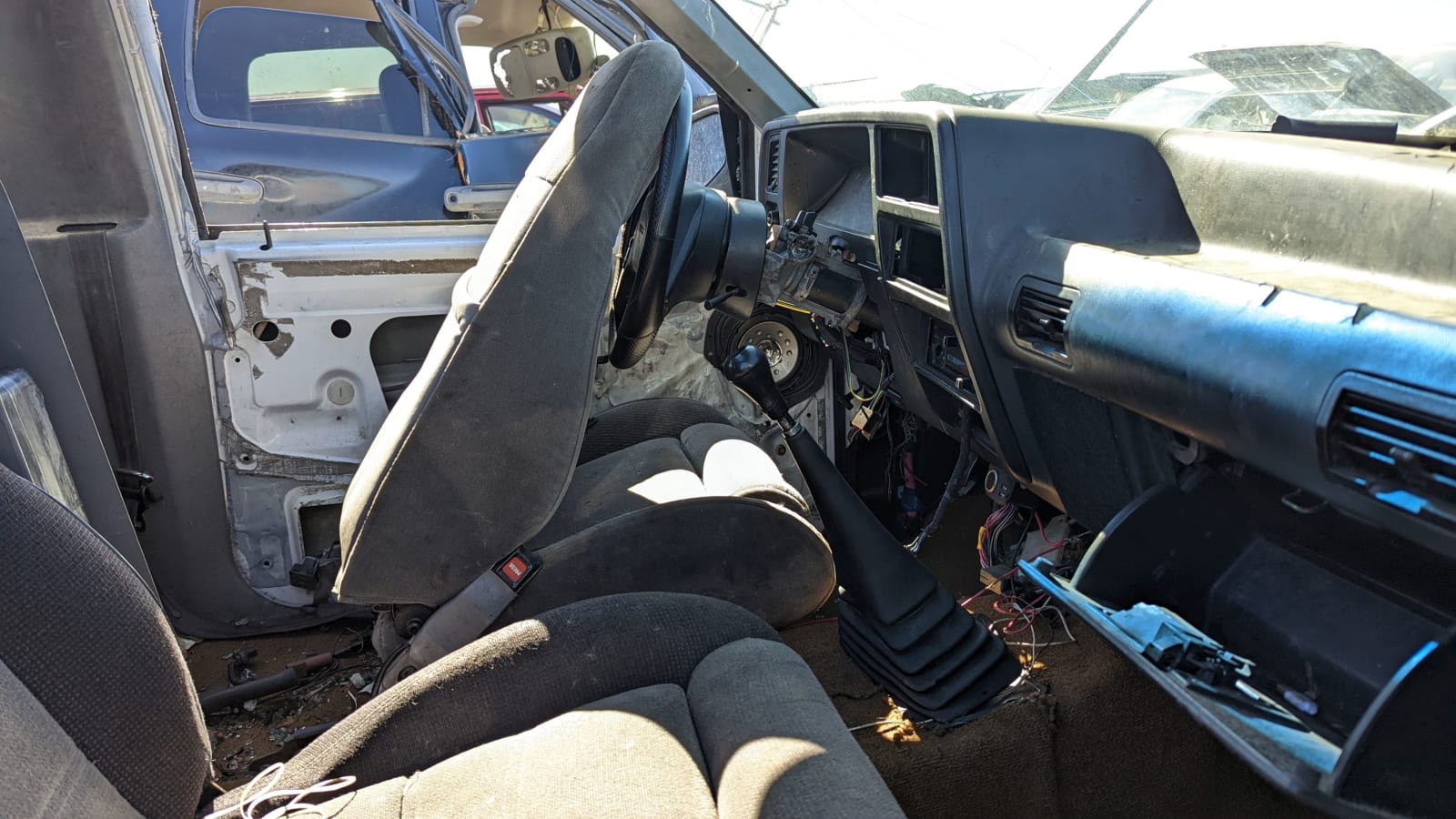
I’ve learned that really high-mile vehicles in junkyards tend to look pretty nice, because a half-million miles don’t pass beneath your tires if you fail to take fastidious care of your ride. This interior in this one is fairly rough but not completely trashed.
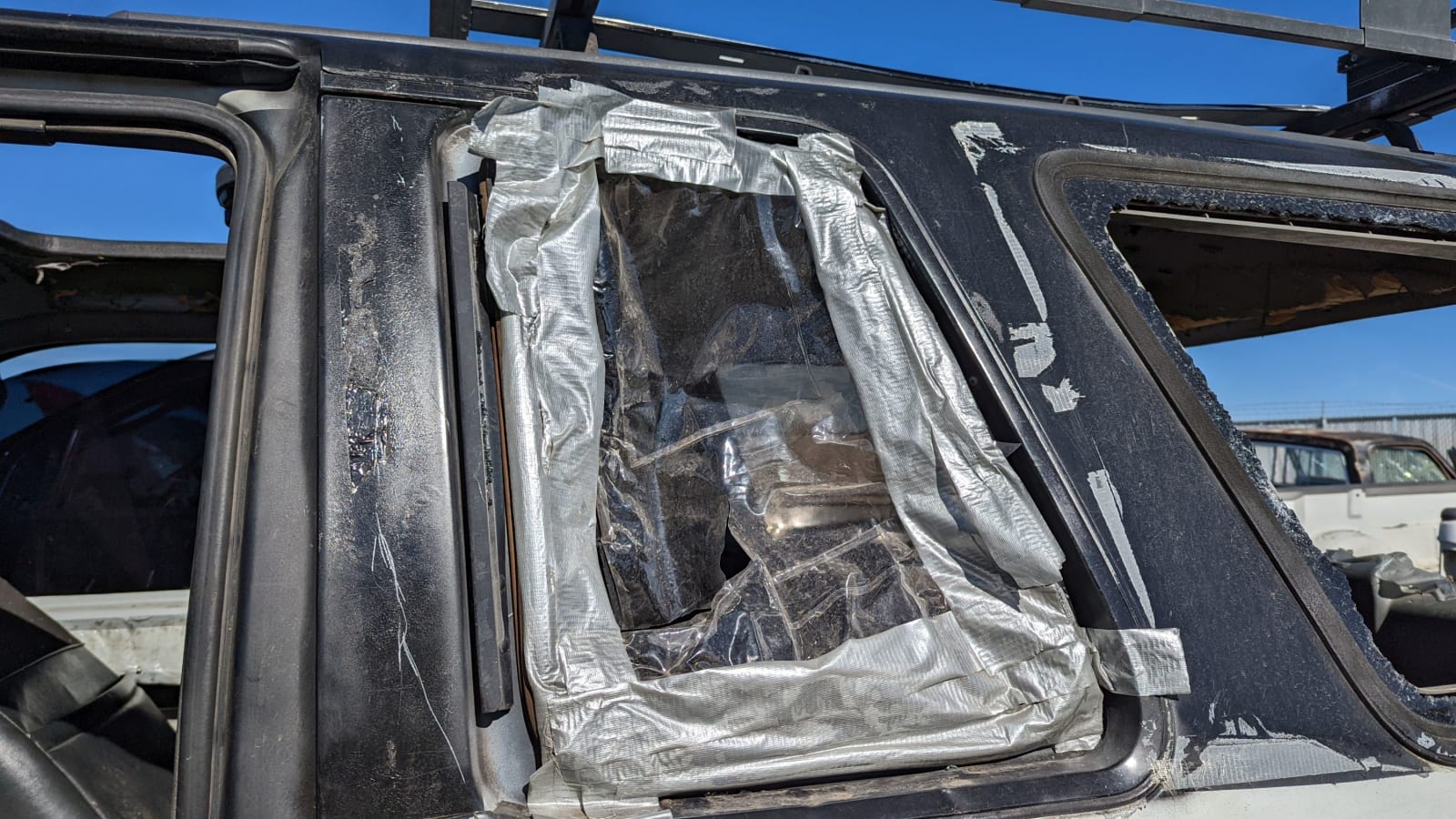
The plastic-and-tape window replacement and hood graffiti suggest that the final owner of this car knew they’d be the final owner and refused to invest any extra dimes into its upkeep.
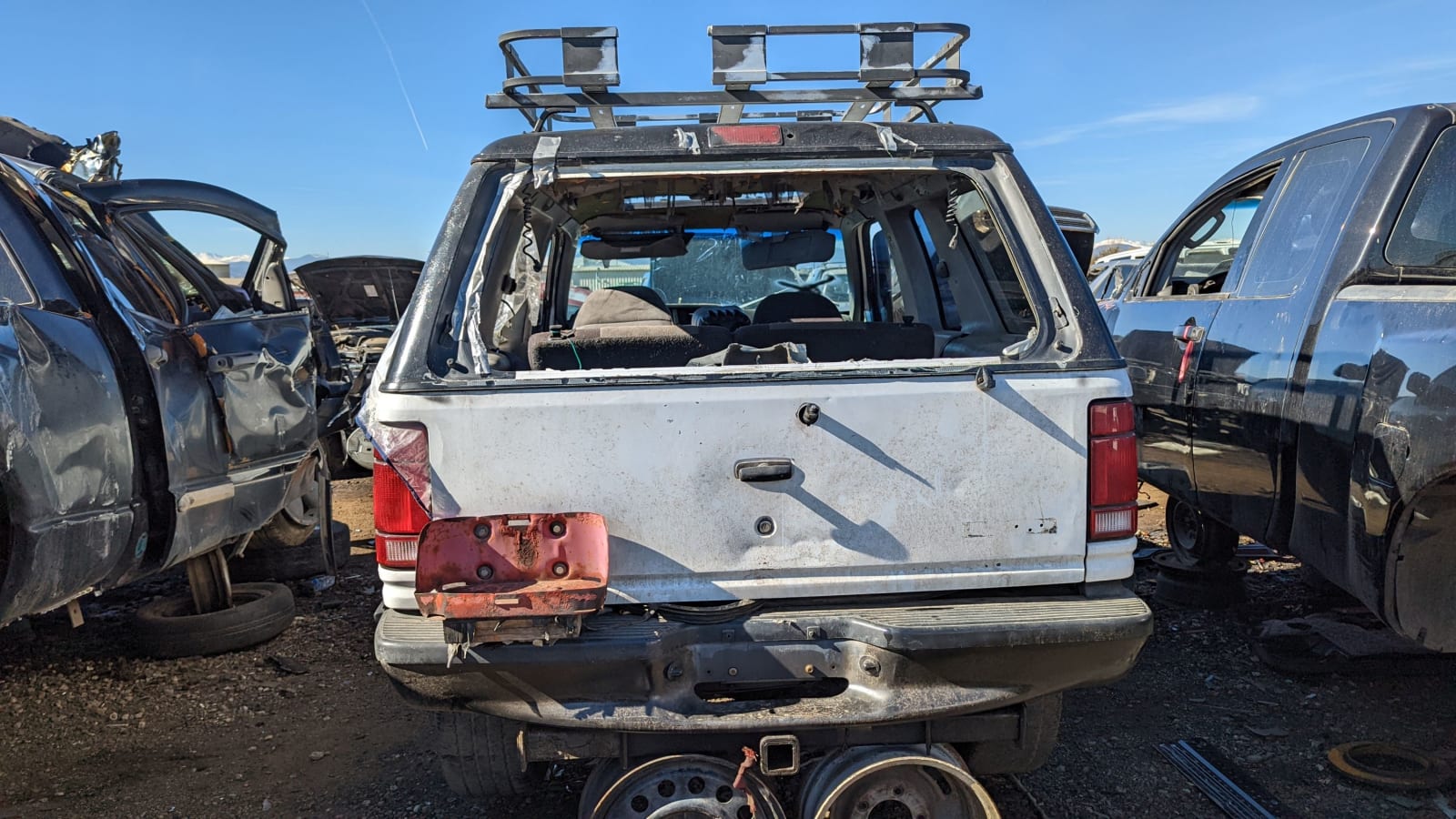
The roof rack and gas-can mount suggest decades of off-road adventures in the Rockies.
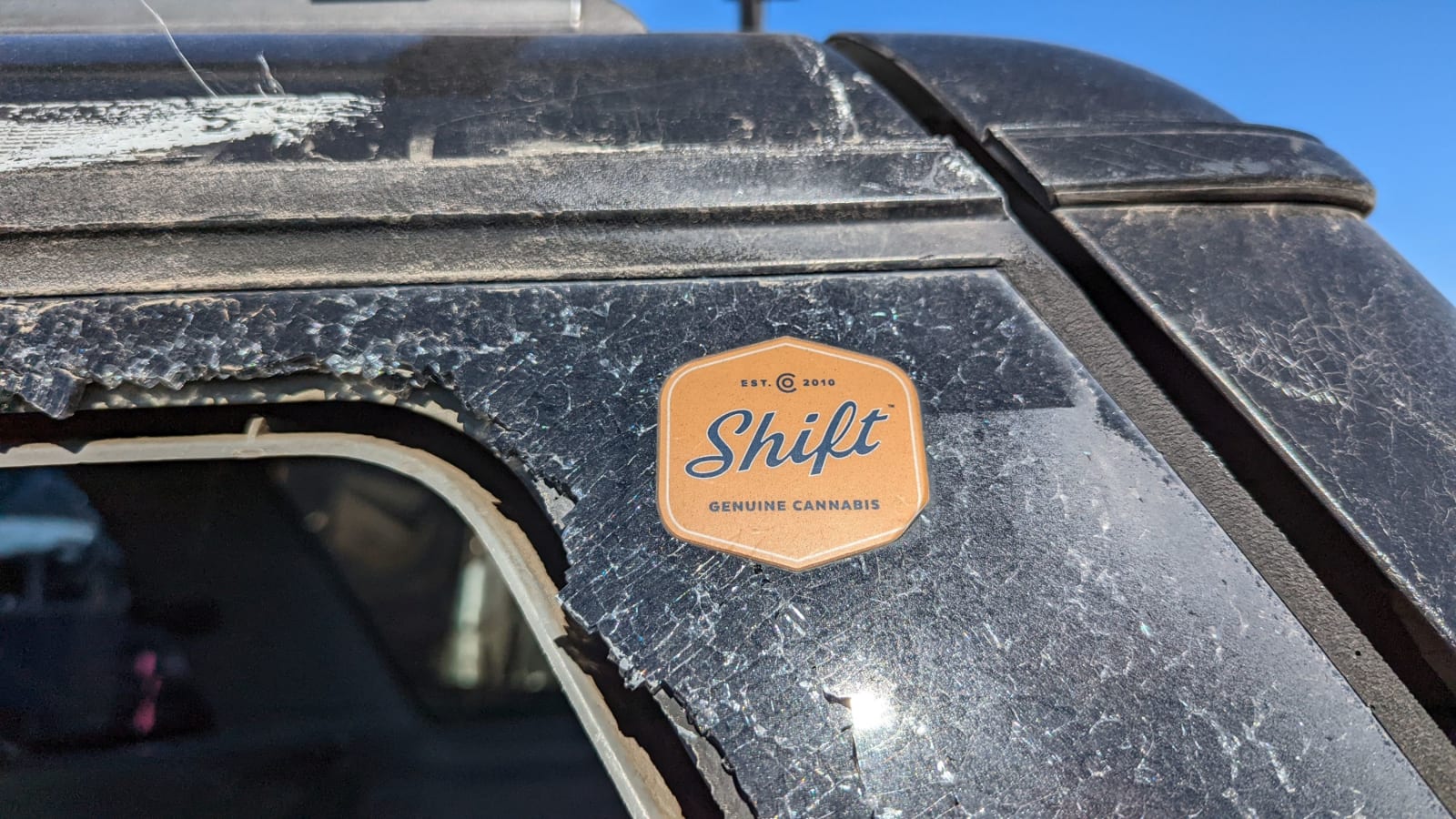
It’s getting to the point where I have a hard time finding vehicles in Front Range Colorado boneyards that don’t have any cannabis-business-related stickers. Those other states can legalize it all they want, but Colorado was first!
Now this is a cringe-inducing commercial! The Navajo Nation is lawyered up and coming after companies for this sort of thing nowadays.
Related video:
[ad_2]
Source link


